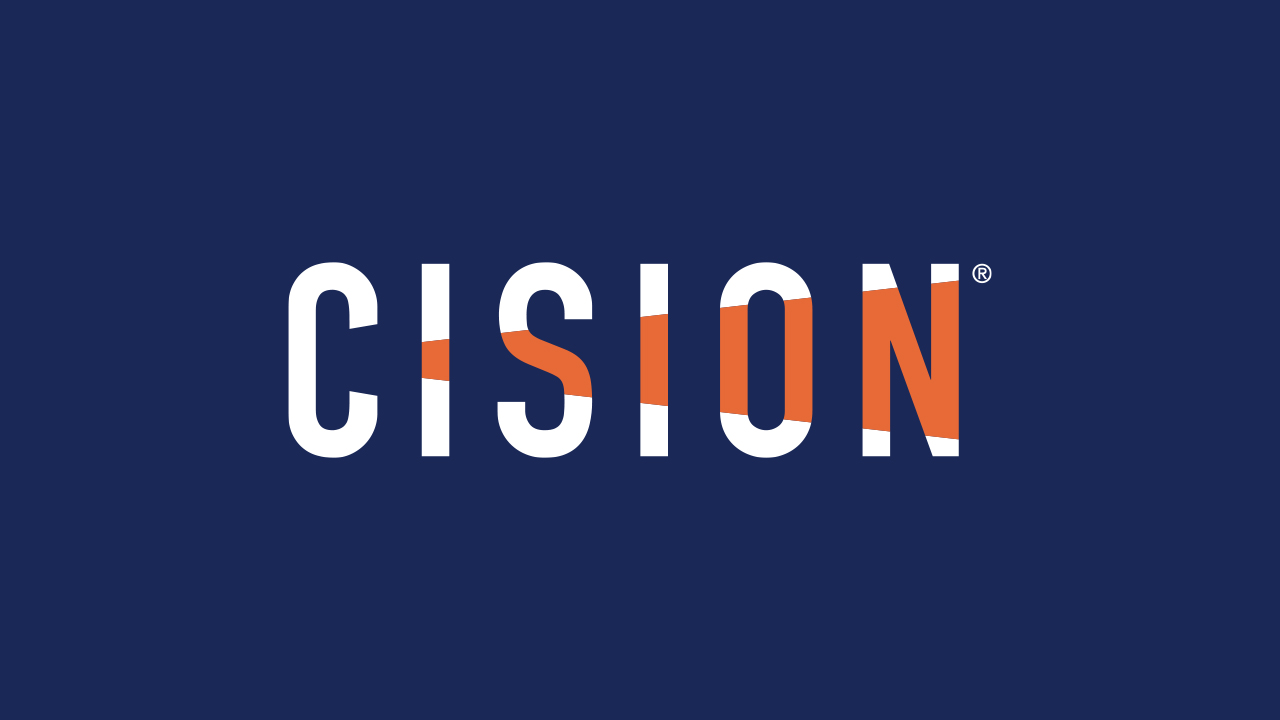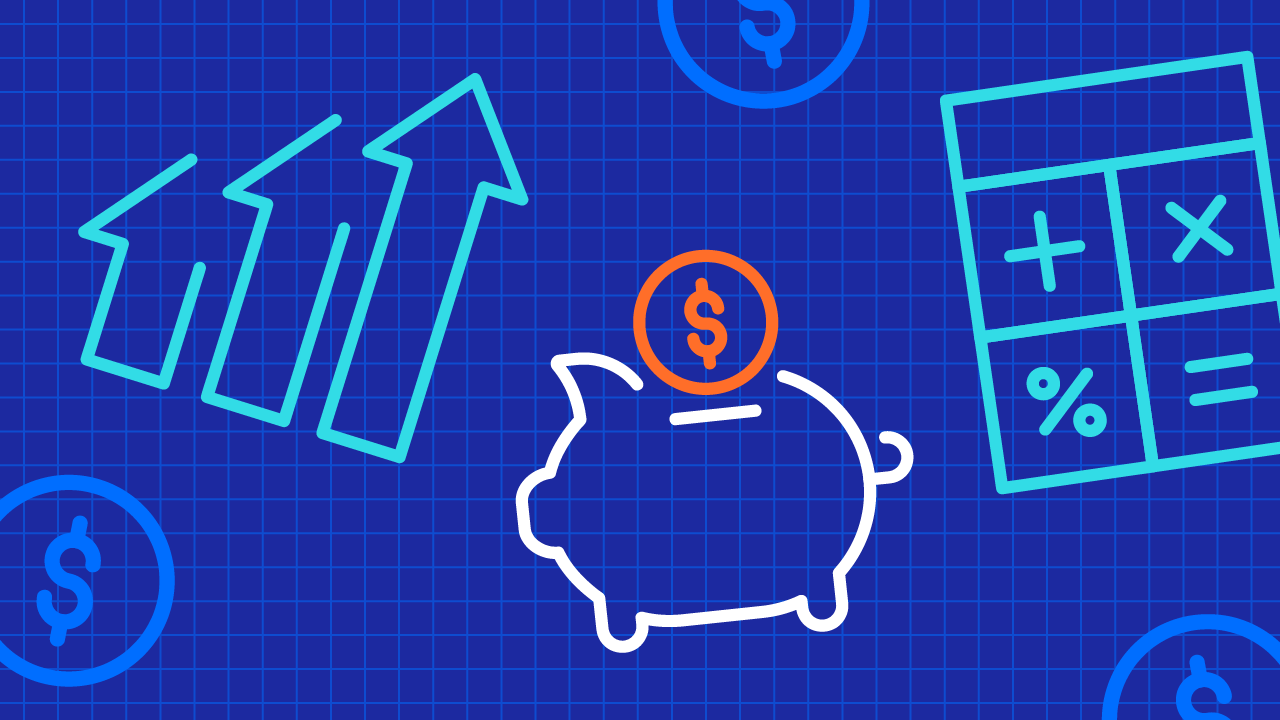As a blogger, producing regular content is a necessity if you want to maintain a lasting relationship with your audience
Your consistent voice -- whether it's via a blog post or social share -- is instrumental to keeping your blogger brand current, memorable, and engaging.
But with so many people creating content on the web, how can you cut through the noise? What's the X-factor to set you apart?
The short answer: the ability to support your writing with a positive visual experience.
What is great design?
Great design can help engage short-attention spans, make your content share-worthy, and even trigger a positive emotional response from your readers.
Design that speaks to your readers in this way is:
Visually Appealing. When it comes to your blog, appearance matters. How your blog looks the first time your reader visits has a powerful effect on their interpretation of your content and its level of quality. The key is to strike a balance between professional and creative. The design should want to be looked at.
Consistent. How you design across your blogger brand can be an instant trust booster or trust loser. To breed trust, you must be consistent. Design uniformity across all of your properties (e.g. blog, Twitter, Facebook, etc.) will help build a visual relationship with your readers.
Easy and reader friendly. Your blog layout, like your content, should be clear and easy to consume. That means your design is easy on the eye (read: uncluttered), navigation is intuitive, and any next steps you want your reader to take are explicitly spelled out. If you want your readers to stay and play inside your blog, a simple user experience is a must.
Memorable. Great design is easily absorbed; it's like a great piece of writing. By focusing on the above -- visual appeal, consistency, and ease-of-use -- you ensure a memorable experience for your readers that helps drive visual recollection of your blog. It's not easy, but steps in the right direction can help firmly set you in their long-term memory so they visit again and again.
Don't have much design experience? Not to worry. You don't have to be a savvy graphic designer to implement some basic practices.
Here are 10 simple design hacks that can take your blog from amateur to authoritative overnight.
1. Choose a strong color palette.
The colors you choose for your blog are important. They even can influence the actions your readers take. To start, select a few colors that speak to you, or that represent what you are trying to convey through your blogger brand.
But, don't just let emotion or personality drive the creation of your color palette. According to basic color theory, there's a science to picking colors that work.
To help the process along, try Colordot's color picker to find a color you like. Then, head over to Coolors scheme generator to build a suitable palette around that color, or a photo that inspires you.
Once your colors for your brand are set, don't forget about your all-important blog background. A white or light gray background is easiest on your readers' eyes, and will also complement an array of palettes.
2. Pair complementary fonts.
Typography is a huge component of great design -- especially when you're designing a word-focused site, like a blog.
A good rule of thumb is to stick to 2-3 fonts that have high contrast, like a serif and sans serif. Just keep in mind that very ornate fonts and other complex typefaces, while attractive, can gravely affect your site performance and speed.
Size matters, too. You don't want everything on your page to be the same size. You also should avoid fonts that are too small for the everyday reader.
The standard font minimum for web pages is 16px. Use this for your body text, and play with size increases for headlines, section headers, and your sidebar. This will help keep readers inside of your content longer.
To pair fonts effectively, try tools like Type Anything or Canva's Font Combinations. You also can play the font dating game at TypeConnection.
3. Keep your design process simple.
The core principle of a great user experience is consistency. Fortunately, that means less work for you, too.
Creating ready-made design templates for your header images and other branding are a great way to maintain consistency.
It's something we use here on our blog and ensures that our colors, fonts, spacing, and alignment are in line for every post and social share. It will save you a ton of time, especially if you use a tool like Canva, where you can easily adjust past designs.
Create a few simple styles to keep on hand. Then, all you have to do is switch out the text and any images once you're ready to publish.
4. Use quality photos.
I can't stress this enough.
Whether the images you use are photographed by you, sourced for free through a site like Pixabay, or purchased from a cooperative like Stocksy, you want to make sure your blog posts have at least one attractive image attached.
If you're sourcing your images, color and subject matter are important. You want the images to remain in line with the style of your blog. If you're taking your own photos, be sure to always fix color issues and never stretch or squish your images.
Either way, use photos that appeal to the senses. An image that takes readers where you are, elicits a feeling or evokes a memory can help make your content unforgettable.
Need some tips on how to take better photos? See our recent post 5 essential tips for beginner photographers.
5. Add more white space.
People scroll quickly and consume content rapidly. So, readers generally function better by receiving information in short, sharp bursts.
This is why it’s a good idea to keep things simple with a nice dose of white space throughout.
Break text down into smaller chunks by keeping paragraphs short and utilizing headers and sub-sections to break up long pieces of text. This will make it easier for your readers to digest the content, especially if reading on their phones.
Consider your sidebar, too. It's easy to use this section of your blog homepage as a catch-all for bio information, categories, ads, social elements, etc. But, less is more. Keep to just your high-level information, and one or two ad placements. Use smart menu navigation and buttons in your header and footer to lead readers elsewhere.
6. Highlight important takeaways
Another way to keep readers' attention with design is to highlight important takeaways.
To cater to short attentions spans, it's typically recommended that you make clear in the first paragraph the overall idea of your content. But, you may have a supporting line deep in the text that really drives the point home.
To draw the reader's eye to this information, highlight it with changes in font size or style, such as bold or italics. Or, create a graphic that illustrates the information you're presenting in a simple way.
If you want to keep it simple, make a graphic out of a pulled quote, or embed a tweet that displays exactly what you're trying to say.
7. Add a favicon.
This may seem trivial, but adding a favicon shows that you are following through on small details, too.
If you're not familiar with the term "favicon" or site icon, it's the tiny image that appears next to your website title in a browser. It helps you to establish your blog's identity and makes it easier for your readers to build an instant recognition of your brand.
Most readers operate with many tabs open in their internet browser. As tabs increase, website titles shorten. A favicon can help your readers readily locate your page. Favicons are also what's used when a reader adds your site to the home page of their mobile device.
Not sure how to add a favicon? Here's how to do it in WordPress, Squarespace, Ghost, and Medium.
8. Create a style guide.
Staying consistent should be your No. 1 priority. The best way to do this is to create a style guide for your brand.
After you've invested the time in deciding on all your visual elements -- like colors, typography, icons, imagery, etc. -- put it to paper. This is the best way to ensure you stick to your design principles every time.
Also, if your goal is to eventually grow a blog of contributors, having a style guide on hand will make it easy to quickly and clearly communicate the tone and style of your blog, while also showcasing credibility.
To get started, try a tool like Frontify.
9. Always be learning.
A good creator studies the work of many others and uses what they learn to spark their own creativity.
See what other bloggers are doing inside and outside of your niche, and pull elements that you like from each to create a unique experience.
By implementing some new design tactics, you may learn a few new tricks, too -- such as how to adjust coding for your site or a better way to display your sidebar for increased engagement.
If you're struggling, install a pre-made theme for your blog platform and spend time learning how to adjust the various features on your own. If you want to take it next-level, invest in a course on blog design, graphic design, or web and UX fundamentals.







